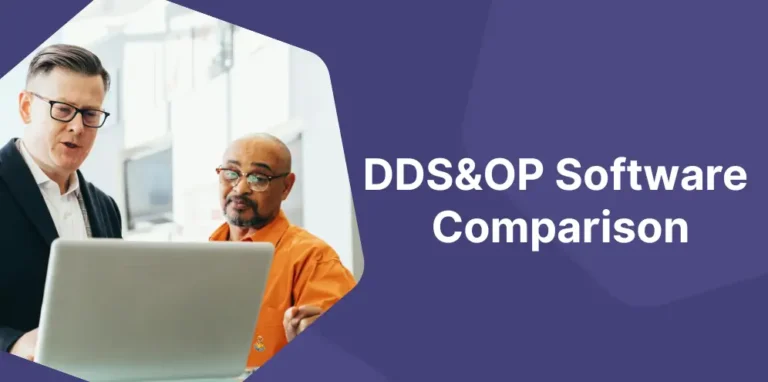If you live in an industrial or distribution environment, chances are that your product portfolios have multiplied over the last ten or twenty years. Marketing differentiation, personalization, configured items, depth of distribution networks: these are possibly tens or hundreds of thousands of references to manage.
In other words, there are tens or hundreds of thousands of references whose stocks must be sized, which must be restocked at the right time, whose flows must be orchestrated to ensure availability for your customers in accordance with your commitments.
Complex supply chains often lead companies to develop complex solutions. And there’s no doubt that managing such portfolios requires a lot of automation.
But what processes should you automate and how? If you listen to the siren song of technology, you may decide to implement artificial intelligence engines to develop sets of predictions on your myriad items, to predict the uncertainty of these forecasts and deduce safety stocks, modulated from the square root of the variability of lead times…
Is it possible to manage a complex supply chain while keeping it simple?
Using DDMRP’s “Roughly Right” Approach to Manage Complex Supply Chains
On several occasions, I have had questions from interlocutors who had studied the DDMRP methodology, had received training or read one of the reference books, and who had doubts about the possibility of using this approach on a large scale.
One of the objections is the “roughly right” approach to stock sizing. You take a lead time factor, about X% for “medium lead time”, you combine it with a variability factor of about Y% for “low variability,” it gives you buffer profiles, you apply them, you see what happens, and you correct as you go along.
I agree: for scientific minds it can be surprising and even worrying. If you have years of operational experience in supply chain management, it will be less shocking, because you know that we are at the crossroads of science, the humanities, and the dynamics of complex systems – and that all this is difficult to put into equations.
The “roughly right” approach means focusing on designing a model that is relevant and appropriate to the business. It doesn’t mean playing dice with the universe.
In fact, Demand Driven rhymes with Data Driven. To size stocks and assign relevant buffer profiles, we analyze daily demand histories, calculate standard deviations and variability coefficients, evaluate seasonality and trends, assess the risks on supply flows, retroactively simulate the efficiency of buffers, and even, yes, possibly use artificial intelligence.
Over the course of projects implemented on hundreds of sites and millions of items, this has led us to develop basic tuning sets, which are applied through a “Smart Buffer Profiler” software wizard. With just a few clicks, this wizard allows us to assign buffer profiles to thousands of items, compare the proposed setting with existing stocks, and validate the relevance of the sizing by sampling. It is now common with this approach combined with the knowledge of the planners to get a well-calibrated DDMRP inventory model within a couple of days.
Simplicity is at the heart of the DDMRP methodology, but that does not mean over-simplification.
The elements that make it possible to simplify are:
- The grouping of items by buffers profile, i.e., the definition of common rules for sets of items that should behave in a similar way due to their characteristics. A data scientist would call this clustering.
- The establishment of regular processes (during DDS&OP) to adjust the assignment of buffer profiles according to the evolution of item characteristics and historical behavior, guided by software wizards.
- Easy, mass consideration of supply variability through zone adjustment factors.
- The dynamic recalculation of buffers over time, through the calculation formula integrated during the design of the model. No more recalculation campaigns of safety stocks based on absconding formulas.
- Daily monitoring orchestrated by exception, both for planning priorities and execution alerts.
- The use of simulation to anticipate, by exception, risk situations.
And above all… the easy understanding of the model by the teams who manage and improve it.
So, if you have large portfolios of purchased, manufactured or distributed items you can go there with confidence: the DDMRP approach is now industrialized and continues to progress, to allow you to manage ever more complex environments with ease.
To learn more about how to manage a large portfolio using DDMRP, contact us.












